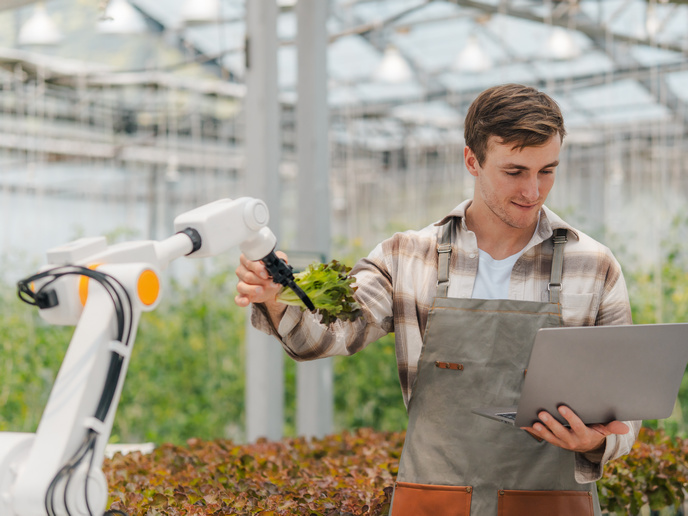Making machines that see
If machines could see and 'think', they would be able to make much better decisions in production and industry. The EU-funded project 'Dynamically reconfigurable quality control for manufacturing and production processes using learning machine vision' (Dynavis) aimed to conquer this challenge. It looked at how to improve inspection of products by upgrading implementing software with human decision making capabilities. Since machine learning processes require intense reprogramming and are normally very lengthy, researchers looked at developing newer technology that will considerably speed up the process. Thus, Dynavis worked on 'trainable' machine vision algorithms and novel machine learning techniques. It investigated machine learning methods for processing complex data produced by the vision system and studied how to deal with multiple or even contradictory input by operators. This also required predicting success or failure of the learning process in early stages of the training process. By directly learning from the human operator, Dynavis has helped upgrade the machine vision system. Towards the end of the project it showcased two successful prototypes with the new technology. One was a rotor scanner to scan and classify images of rotors. The other was a CD print inspection system that checks defects on CDs. The implications of machine vision on industry are enormous, and many industry processes are set to become quicker and easier thanks to this knowledge. Results emerging from the project promise to help overcome the challenge of simulating human-like decision making in software. They will allow researchers to exploit human-machine cooperation in order to learn complicated inspection tasks, automatically adapting to specific or changing requirements.







